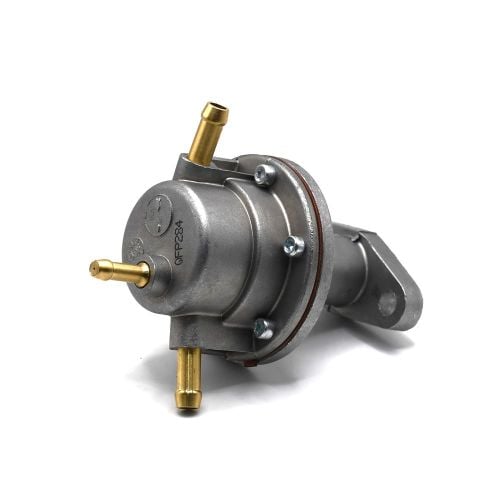In the realm of automotive engineering, the fuel pump plays a crucial role in ensuring the efficient and uninterrupted flow of fuel to the engine. Understanding how a fuel pump functions is essential for both car enthusiasts and professionals in the industry. In this comprehensive guide, we will delve into the intricate mechanisms and processes that drive this vital component, shedding light on its inner workings and highlighting its significance in modern vehicles.
- The Purpose of a Fuel Pump:
At its core, a fuel pump is responsible for delivering fuel from the gas tank to the engine. It acts as the heart of the fuel delivery system, maintaining a steady flow of fuel at the required pressure to meet the engine's demands. Without a properly functioning fuel pump, the engine's performance and overall efficiency would be compromised. - Types of Fuel Pumps:
There are primarily two types of fuel pumps commonly used in vehicles: mechanical and electric. Mechanical fuel pumps, typically found in older vehicles, are driven by the engine's camshaft. On the other hand, electric fuel pumps, prevalent in modern cars, are powered by the vehicle's electrical system. We will explore the differences between these two types, their advantages, and their respective applications. - Components and Operation:
To comprehend the inner workings of a fuel pump, we need to examine its key components and their roles. These include the inlet and outlet valves, diaphragm or impeller, electric motor, and pressure regulator. We will discuss how these components work together to ensure a consistent flow of fuel, maintaining optimal pressure and preventing fuel starvation or flooding. - Fuel Pump Maintenance and Troubleshooting:
Like any other automotive component, fuel pumps require regular maintenance to ensure their longevity and performance. We will provide practical tips on fuel pump maintenance, including fuel filter replacement, inspection of electrical connections, and monitoring fuel pressure. Additionally, we will address common fuel pump issues, such as clogged filters, faulty relays, and pump wear, offering troubleshooting techniques to diagnose and resolve these problems effectively. - Advancements and Future Trends:
As automotive technology continues to evolve, fuel pump systems are also undergoing advancements. We will explore the latest trends, such as the integration of fuel pumps with electronic control modules, the emergence of variable-speed fuel pumps, and the potential impact of alternative fuels on fuel pump design. Understanding these developments will provide insights into the future of fuel pump technology and its implications for the automotive industry.
Conclusion:
The fuel pump is an integral component of the fuel delivery system, ensuring the smooth operation of an engine. By comprehending the intricacies of how a fuel pump functions, we gain a deeper understanding of its significance and the role it plays in maintaining optimal vehicle performance. Whether you are a car enthusiast or a professional in the automotive industry, this comprehensive guide equips you with the knowledge needed to appreciate the inner workings of this essential component.

